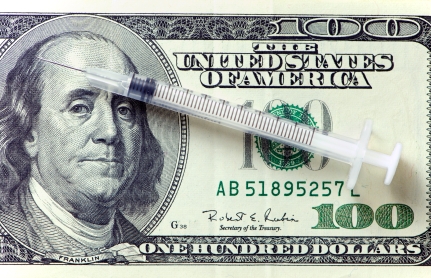- Stronger focus on eliminating potentially avoidable health care services. We need to be sure we need to do what is being done. Ongoing studies show that as much as 50% of what is done in the hospital today is potentially avoidable. There are considerable opportunities to reduce length of stay without negatively impacting the quality of health care. Complementary information shows that as much as 35% of what physicians do in the ambulatory setting is potentially avoidable. Until we eliminate true medical "waste" we have no hope of reducing the cost of care.
- Continue to negotiate additional discounts in reimbursement for health care services to be sure that we avoid paying for more than needed. Ideally it would be better to move to an all-payer system where health care providers are paid a common fee for their services no matter who is the payer (i.e., public or private). Studies show that the private sector has more than a 16% cost shift from public payers that are unwilling to pay their fair portion.
- Introduce incentives that work to motivate everyone to reduce health care costs. This includes incentives to providers to limit services to those necessary, to patients to live healthier lifestyles, and employers/plan sponsors to consider appropriate plan designs that minimize over consumption of services.
Will the Outlook Get Worse?








